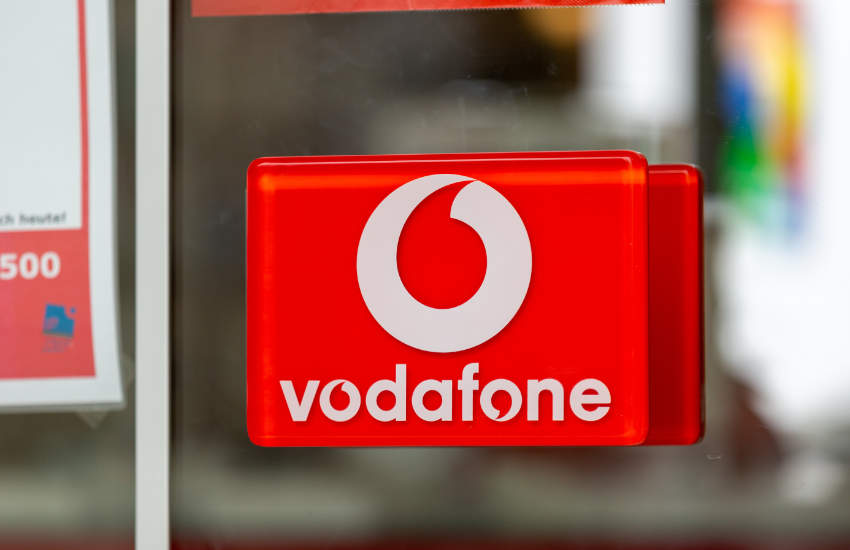How releasing an NFT pool across multiple blockchains can be beneficial

Non-Fungible Tokens (NFTs) are not only issued on a single blockchain and today, more than ever before, there are multiple blockchains that support NFT creation, minting and storage.
However, not every NFT creator will decide to release their collections or sets on more than one blockchain network, and this can hurt their overall appeal and revenue stream. We will explore why it can be beneficial to release different NFT collections on multiple blockchains.
The Current State of NFT Collection Releases
Today, more than ever before, the appeal of non-fungible tokens (NFT) among collectors, traders and cryptocurrency enthusiasts is high.
What this essentially means is that there is a broad market of potential buyers and collectors for any artist’s specific NFT collection.
Collections containing NFTs will typically range from single NFTs to 1000 NFT sets or, the most popular, 10,000 NFT sets.
What this essentially means is that there are 10,000 unique NFTs that are custom made to be part of that collection.
But aside from releasing a variety of NFTs, they also need to have specific attributes, rarity ratings, and other aspects to give them value.
However, not every collector or user will use the same blockchain, and as such the need will arise to eventually re-issue a collection on a different blockchain. What this means is that minting NFTs on a platform with multi-chain support from the start can be beneficial to NFT creators, and today we’ll explore why this is the case.
Why and how brands and individual creators are harnessing the power of NFTs
NFTs are essentially immutable and have publicly verifiable data that can be used to indicate ownership of the underlying asset.
Integrating these features into specific marketing efforts can empower brands or individual creators and enable them to explore the ever-evolving possibilities within blockchain technology, helping them capture the value of the Web3 market.
Creators can use NFTs to promote a new type of fundraising effort where people can essentially support their work and be rewarded with super rare NFT collectibles.
Also, they can add an extra level of functionality to these NFTs to make them feel like they are in an exclusive club, where only certain people can access specific communication channels or real-world events.
2. Provide a better user experience
Not all people using a specific cryptocurrency wallet will have support for alternative blockchain networks. For example, someone can use an Ethereum wallet and not be able to access Solana NFTs. Another person might be using a Solana wallet and can’t access Polygon NFTs, and so on. By having different collections spread across multiple blockchains, collectors and investors can support their favorite artists while also easily accessing them.
3. Access many NFT marketplaces
Not every marketplace out there will support every token standard available. This means that by having many, but different, NFTs issued across multiple blockchains, creators and brands can spread their awareness and be featured in just about any marketplace as they want NFTs for different token standards .
4. Reach a wider circle of collectors and investors
Typically, proponents of a specific blockchain network will tend to remain within its ecosystem and will find much appeal within its network of Decentralized Applications (dApps) or Decentralized Finance (DeFi) capabilities.
What this essentially means is that it may be difficult for a creator to capture the attention of, say, collectors or enthusiasts who exclusively support Ethereum-built NFTs, if their collection only launches on Solana or vice versa.
By minting different NFTs on different blockchains, they can therefore appeal to both Ethereum collectors as well as Solana collectors, for example.
Go ahead and create NFTs on multiple blockchains with SmartMint
Minting NFTs on different blockchains can be difficult, and as such, finding a code-free solution can be an important task for many creative minds.
For example, creators will typically specialize in artistic media – i.e. no connection to programming. Thus, it can be difficult and time-consuming for them to learn each blockchain’s smart contract programming language just to be able to issue their NFTs on different blockchains. This is where SmartMint from Pastel Network fits into the big picture.
SmartMint is a code-free solution that gives everyone the ability and opportunity to create NFTs on different blockchains and then list them on their corresponding marketplaces.
Currently, SmartMint supports several chains and these include Ethereum, Polygon and Solana. There will be additional support for other blockchains and Layer-2 solutions at some point in the future.
However, all of this means that NFT creators can appeal to three audiences and blockchain supporters, which can expand their overall appeal, exposure and potential profits from NFT sales.
SmartMint also stands out due to the fact that it uses two specific solutions to improve the overall user experience.
For example, there is Sense, which is a protocol intended to help detect near-duplicate NFTs. There is also a Cascade, which is a distributed, permanent storage system designed to store metadata or other data connected to NFTs. All creators need to do is pay once and have their data saved forever. Each NFT creator will also have full ownership of their smart contract.
The future of NFTs
As blockchain technology evolves, more and more blockchains are gaining support or being built with direct support for smart contracts and NFTs. As such, it is important for creators to diversify and be part of as many networks as possible so that they can appeal to a wider audience as well as users. All the aspects mentioned above are key reasons why it can be beneficial for content creators as well as collectors to release different collections of NFTs on multiple blockchains.
Try SmartMint today

























